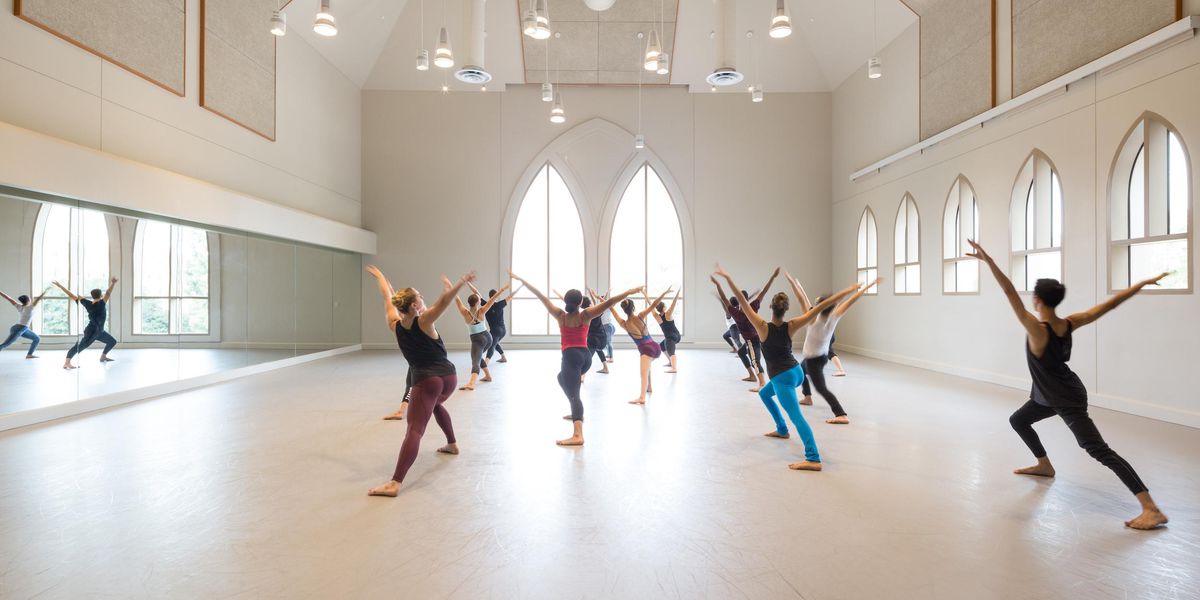Dancers' Sixth Sense?
During an improv jam, it’s not uncommon for a fellow dancer to throw in an unexpected turn, suddenly transitioning to the ground with fluidity or darting in a completely opposite direction. The uncertainty and spontaneity—and how participants respond to the rapidly changing landscape—are what make the art form thrilling for performers and bystanders alike. It often seems like the body just knows how to navigate a sea of in-the-moment movement, artfully dodging potential traffic jams or collisions with other dancers.
New research from the University of California—San Diego sheds some light on why we’re able to judge which way someone is about to move. While the brain’s cortex processes how we perceive the outside world, it turns out the eyes are actually responsible for sensing the direction of movement, whether it’s a car peeling through an intersection or a dancer extending her leg in your pathway. Researchers determined this connection by studying the neurons that link the eyes and brains of mice, and they say the same applies to humans. When you see several dancers in your field of vision during an improvisation, direction-sensing cells in the retina identify which way your fellow dancers are likely to move. Then, the cortex processes these signals, allowing the body to react correctly.
Though scientists have known of the existence of these particular retina cells for about fifty years, up until now, they didn’t know what their purpose was. Now the mystery has been decoded. So maybe the dancers’ sixth sense doesn’t quite exist after all, but it’s no secret we’re more tuned into perceiving movement than the Average Joe.




